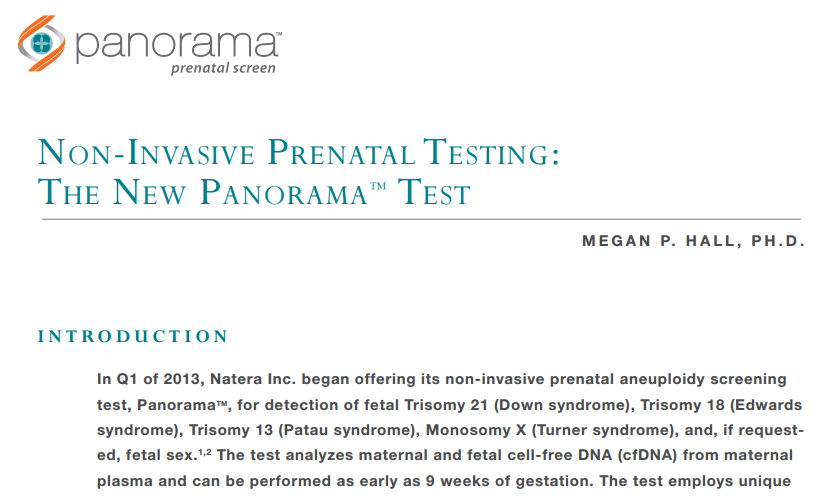
Before initiating a collaboration the PCWHF board will ensure that it will act in the best interest of its members and the public. These organisations can include societies, charities, commercial companies and the government. The Primary Care Women’s Health Forum (PCWHF) intends to collaborate with organisations who have an interest in improving standards in women’s health. We look forward to exploring the power of this biomarker to detect other adverse outcomes in SMART, our prospective 20,000 patient study.” Matthew Rabinowitz, Ph.D., Natera’s CEO said, “These developments are the first fruits of an initiative to learn from our vast cohort of patients, further extending Natera’s leadership position by enhancing the information we can deliver. Now we can use fetal fraction as an independent biomarker to overcome some of the limitations of standard NIPT algorithms, identifying high-risk pregnancies at low fetal fraction.” Kimberly Martin, M.D., publication co-author and Natera’s Senior Director and Head of Women’s Reproductive Health said, “Consistent with the joint ACOG and SMFM5 and ACMG6 guidelines, Panorama was the first NIPT to measure and report fetal fraction. Furthermore, most of these abnormalities would typically be missed by conventional NIPTs. Study results showed that the new FFBR algorithm successfully identified a subgroup of high-risk cases, of which 21.8% had a chromosome abnormality or adverse outcome, representing the vast majority of all abnormalities in the cohort. The clinical validation study evaluated outcomes from 1,148 pregnancies with low fetal fraction.

This proprietary algorithm computes a ‘Fetal Fraction Based Risk’ (FFBR) score for the pregnancy. In the new clinical study, published in Ultrasound in Obstetrics & Gynecology, Natera statisticians leveraged data from a subset of the over 1 million Panorama tests performed to date to devise an algorithm that flags cases where the fetal fraction is unexpectedly low, given the patient?s weight and gestational age. Furthermore, additional studies have shown a higher rate of certain chromosomal abnormalities in pregnancies with low fetal fraction. a leader in non-invasive genetic testing, has announced new study results demonstrating that fetal fraction, as measured by Panorama ® non-invasive prenatal testing (NIPT), can be used as an independent biomarker to screen for certain chromosome abnormalities and adverse pregnancy outcomes.įetal fraction is the proportion of fetal DNA in the mother’s blood, and it is known to increase with gestational age and to decrease with greater maternal weight.Ī recent review published in the New England Journal of Medicine highlighted the increased risk of false negative results from NIPT tests that fail to measure fetal fraction.


 0 kommentar(er)
0 kommentar(er)
